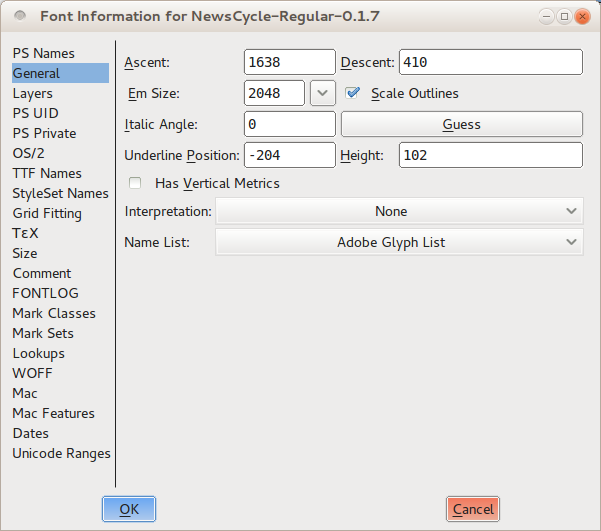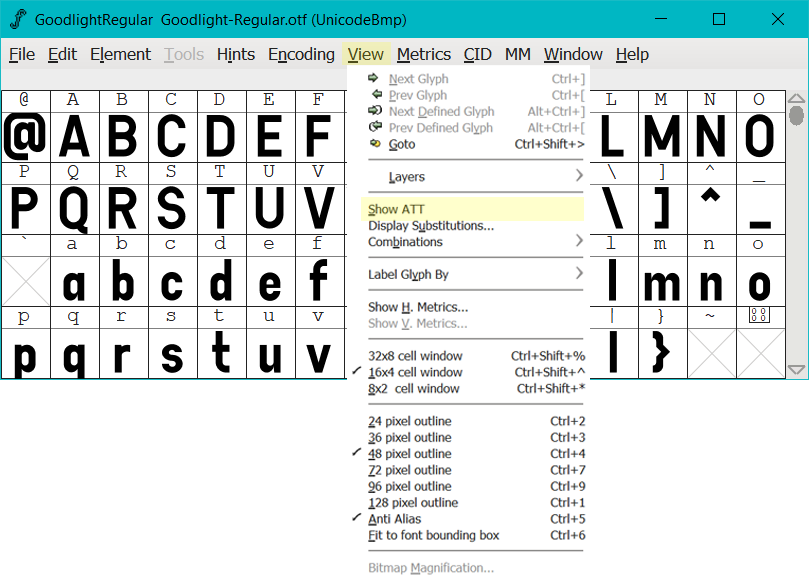

About how to do this, there’s many information on the internet easily accessible.


Designing GlyphsĪ glyph is “an image, often associated with one or several characters” according to the FontForge glossary. The first step is to design such images that will compose your font. Even as sort of “programming language”, I found it easier to understand than the OpenType lookup tables, but it does have some bugs that annoyed me. There’s also Graphite, a script language to help creating complex features in fonts. They may seem outdated, but there’s no actual more recent version of FontForge (unfortunately). * Edit: If I recall correctly, I used a pre-built installer package to install it on Windows. Both are free open source softwares, so you only have to spend your internet connection to download them. The only caveat is that FontForge is a pain to install under Windows, but I managed to do it. I used basically two softwares to create the font for Xiis: Inkscape, a vector graphics editor, and FontForge, an outline font editor. To view the description of Xiis, itself, along with a link to font file, check the document at. It actually became longer than I originally intended, but I believe it has the right amount of detail. It is a guide that will explain the general process I used to create Xiis and what each function do (specially about lookup tables, something I really suffered to understand how they work). This is not a tutorial, I would say, because it’s not (much) a step-by-step directions. So, to help other people that might try to create similar systems, I’ll try to describe my journey in this endeavor. If I was designing a standard alphabet, none of these troubles would happen to me, but, inspired by Hangul, I followed a different way. When I decided to make my own writing system (or a conscript, for short), I couldn’t tell how difficult it would be to actually develop a computer font for it. A PDF version of this guide can be found at Content


 0 kommentar(er)
0 kommentar(er)
